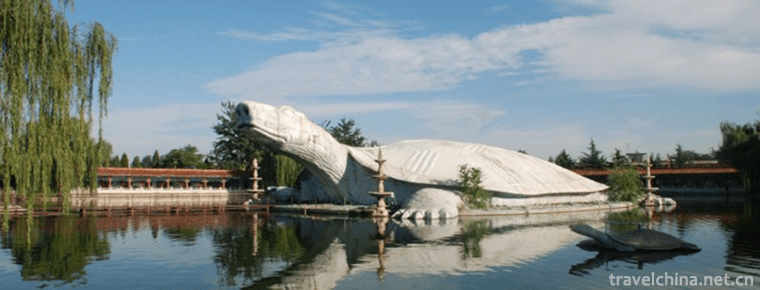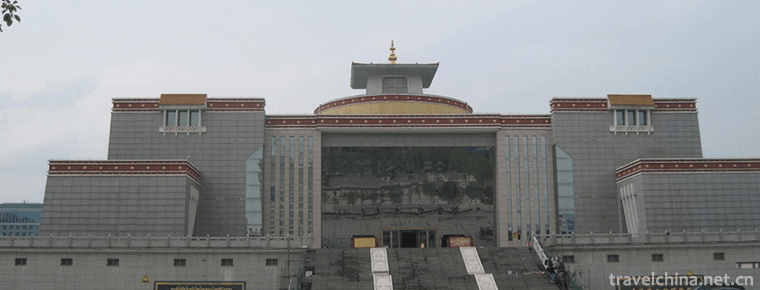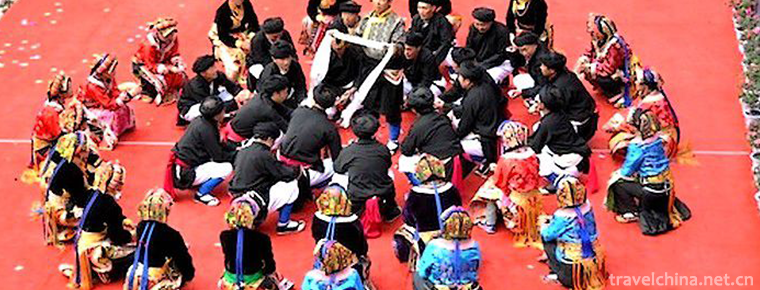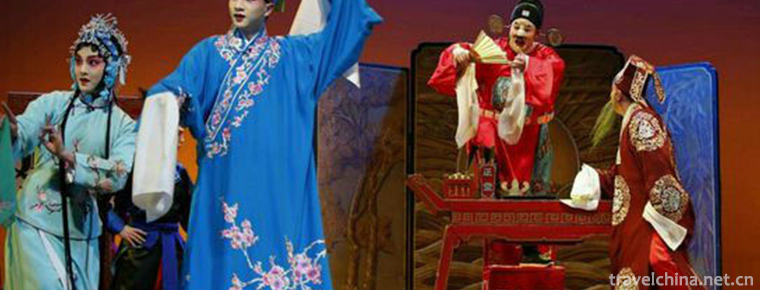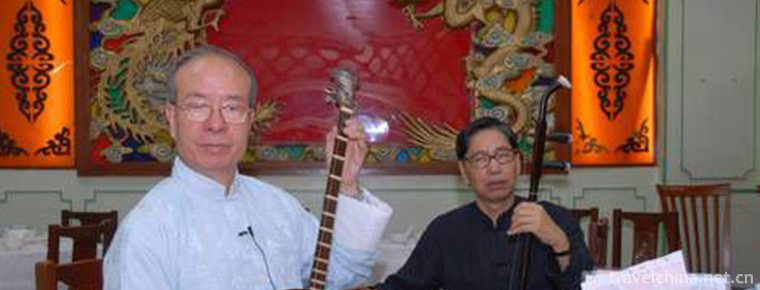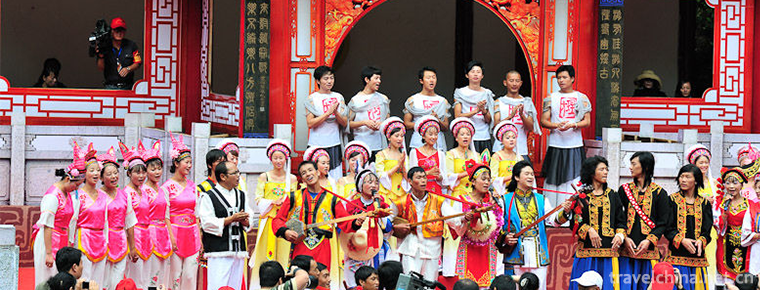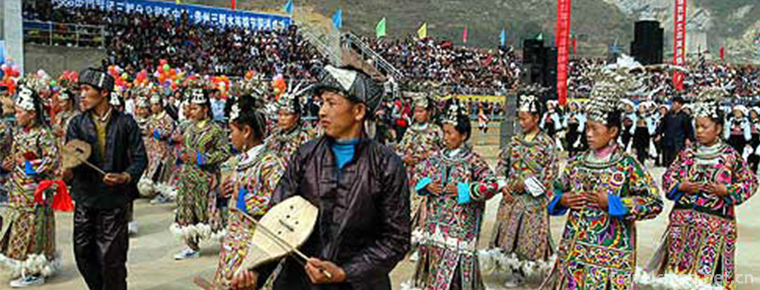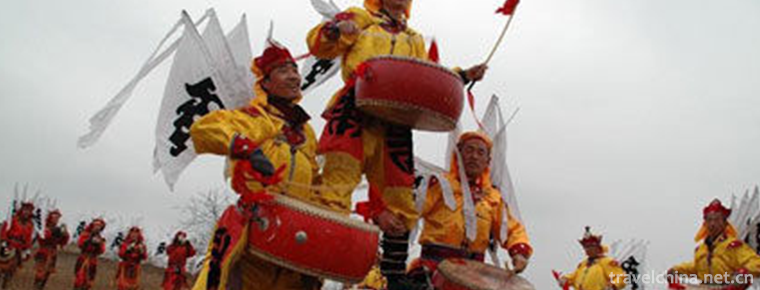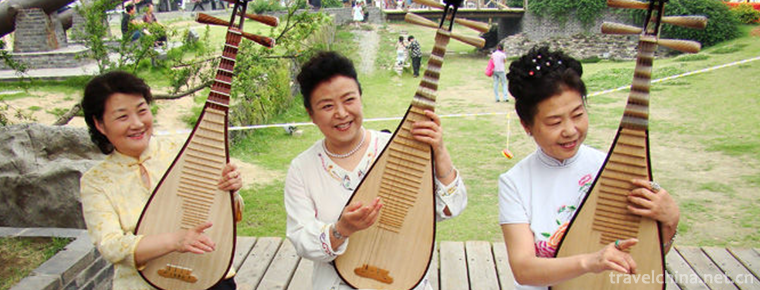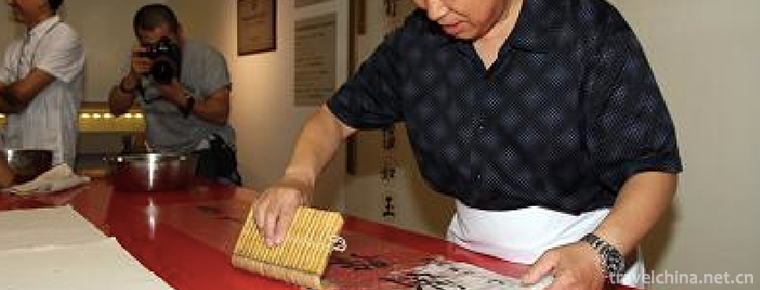Du Shoutians former residence
Du Shoutians former residence
Du Shitian's former residence is the old residence of Du Shitian, the emperor's teacher of the Qing Dynasty, as well as the old residence of many famous officials of the Du family. Located in Binzhou Bincheng District Binbei Street South Street. There is a wooden archway in front of the door, with plaques of "Taishidi" and "Xiangguodi" hanging at the head of the door, and plaques such as "Fangbodi", "Yayuan", "Chuanwang", "Grandfather and Brother Bird's Nephew Hanlin" hanging in the hall. All the buildings are Sihe courtyard, which covers an area of about 25 mu and contains 28 small courtyards. There are more than 300 houses, such as halls, embroidery buildings, chambers, ancestral halls and so on. There are only embroidered buildings, living rooms and some halls and compartments. The architectural style is simple and simple, which is a typical architectural feature of northern Shandong in Ming and Qing Dynasties. In 1985, it was listed as a cultural relics protection unit at the county level. In 2004, it was listed as the cultural relics protection unit of Binzhou City. It was opened to the outside world on April 27, 2010. In 2010, it was awarded the national AAAA level tourist attraction by national tourism.
Summary
Du Shoutian's former residence is the property of his parents and many uncles and brothers. From the Ming Dynasty, the Du family was a famous family. By the end of the Qing Dynasty, there were 12 Jinshi, whose house was called Du Fu.
Du Shi, the founder of Du's courtyard, ranks second. According to the etiquette of the Ming Dynasty, his door can open three doors and five beams. However, Du's house is only one; his house can have five main rooms and nine beams, but there are only three main rooms and five beams. Du Shoutian ranked first grade. He did not buy an acre of land for his official life and did not add another room. Although the Du family in Binzhou has a large number of important court ministers and governors in the prefecture, the Du family's house is very ordinary, and the house decoration is also very concise. The disadvantage of family property is interesting to Du family's modesty and low-key of life, while their low-key of fame and their active dedication to being an official complement each other. This low-key way of life made the once famous Du family in Binzhou little known, even disappeared in the memory of the public.
Open and unobstructed is the typical feature of Du Shitian's former residence. There are not only gates in all directions of southeast and northwest of Du's courtyard, but also corridors in all directions. In the courtyard, the small courtyards not only open the back door and side door, but also have doors and corridors connected. There is no enclosed space in the courtyard, which is relatively independent, and the atmosphere is interlinked with each other. The whole courtyard reveals a kind of happiness, a kind of intimacy, a kind of warm and harmonious coexistence of brothers and sisters-in-law. The opening and inclusiveness of the courtyard forged a large number of honest officials. From here, the people who came to the political arena were like this building, inside the outer circle, advancing and retreating freely.
Entering the former residence, tourists will realize the essence of Du Shoutian's official work: to be modest and honest, to be patriotic, to be honest and diligent, and to be "correct, clear, peaceful and prudent".
Profile
Du Shoutian (1787-1852), Zizhinong, a native of Binzhou, Shandong Province (Bincheng District, Binzhou City, present-day Binzhou City). He was the teacher of Emperor Xianfeng. Du Du, his father, edited and repaired the Hanlin Academy in the Jiaqing period of Qing Dynasty, and was a left waiter of the Ministry of Rites. His family background is prominent, for a long time, "Shuxiang official family, family of more than one scholar", because Du family "a seven scholar", "father and son Wuhanlin", and there are additional "Taishi Taibao" senior officials, the Chinese Literature Dictionary, the Great Dictionary of Calligraphy and Painting, and the Dictionary of the Chinese Celebrity People's Congress have records of his family.
address
Near Chengguan Community, Binbei Street, Binzhou City, Shandong Province, you can take No. 24 bus directly.
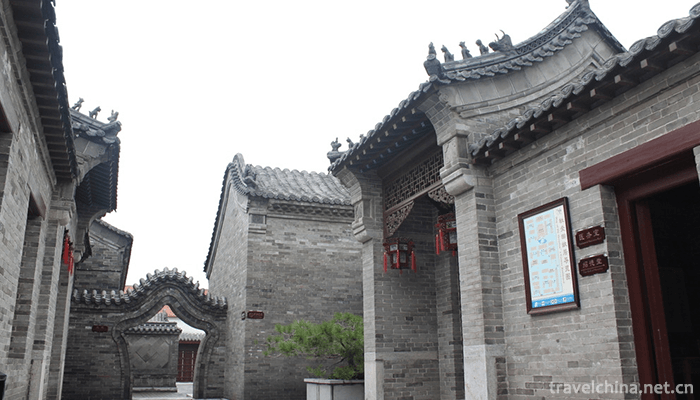

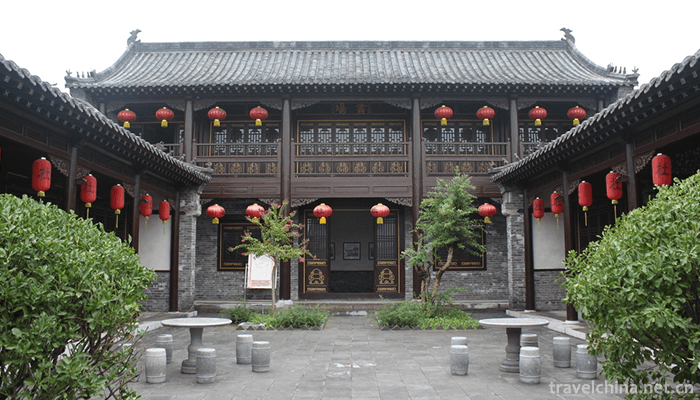
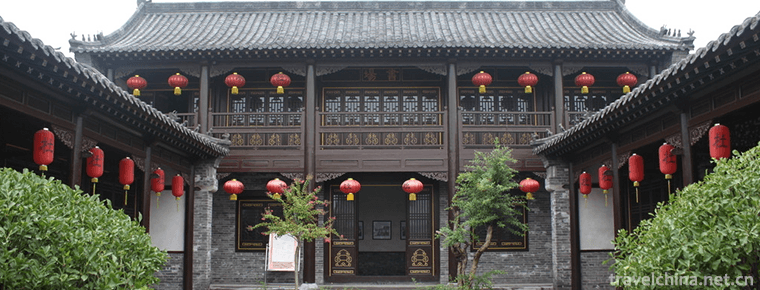
Du Shoutians former residence
-
Oriental Giant Turtle Garden
Located on the East Bank of Yehe River in Pingshan County, Hebei Province, the Oriental Giant Turtle Garden is near Xibaipo, a sacred revolutionary site, 35 kilometers east of Shijiazhuang
Views: 124 Time 2018-12-20 -
Qinghai Tibetan Medicine Culture Museum
Qinghai Tibetan Medicine and Culture Museum was built in 2006, with a total construction area of 12,000 square meters. It is the only comprehensive museum reflecting
Views: 195 Time 2019-02-07 -
Bo Ba Shen en
Bobassengen is a unique folk large-scale narrative mass pot village dance created by Ganbao Tibetan Village in Jiarong Tibetan area, Lixian County, Sichuan Province. "Boba"
Views: 413 Time 2019-04-04 -
han opera
Guangdong Hanju Opera, formerly known as "Ran Tan", "Waijiang Opera" and "Xingmei Hanju Opera", is one of the Hakka Opera genres in Guangdong Province
Views: 163 Time 2019-05-01 -
Nanyin Rap
Nanyin rap is a form of rap sung in Guangzhou dialect. It is also a common melody in Cantonese opera and Cantonese opera. It is said that Nanyin rap was developed on the basis of wooden fish and drago
Views: 315 Time 2019-06-07 -
Shibao Mountain Song Club
The Bai Jianchuan Shibao Mountain Song Festival is held every year from 27 to 29 July of the lunar calendar for three days. At this time, tens of thousands of young Bai men and women and singers from
Views: 189 Time 2019-06-15 -
Shuizu Duanwu Jie
The aquarium duanjie is called "borrowing duanjie" in the language of water. "Duan" means "the first year of life" or "New Year", "borrow" means "
Views: 195 Time 2019-06-16 -
Triple Drum Jump
Dancing three drums is a kind of opera which is popular in counties (cities) such as public security, Shitou, Jiangling and Songzi. It evolved from the funeral board and funeral drum song of sacrifici
Views: 278 Time 2019-06-21 -
Yangzhou Tanci
Yangzhou's performance of ci-poems is mainly based on speech and supplemented by singing and playing. The representative bibliographies are "Double Gold Ingot", "Pearl Tower", &quo
Views: 389 Time 2019-07-10 -
Mounting and repairing techniques
The mounting and repairing technique of ancient Chinese characters and paintings is a kind of traditional Chinese handicraft. It is used for restoration and restoration of ancient calligraphy and pain
Views: 376 Time 2019-08-10 -
Gongmu mountain
Gongmu mountain is located 5 kilometers southwest of Yanyuan County, Liangshan Yi Autonomous Prefecture, Sichuan Province. It is named after the stone on the mountain because it looks like two male and female genitals.
Views: 350 Time 2020-10-16 -
Biological resources of Suining
There are many kinds of biological resources in Suining. There are more than 1500 varieties or strains of biological resources found and utilized in Suining, including more than 1000 plant resources and 367 cultivated varieties of crops. The territory belongs
Views: 353 Time 2020-12-16
